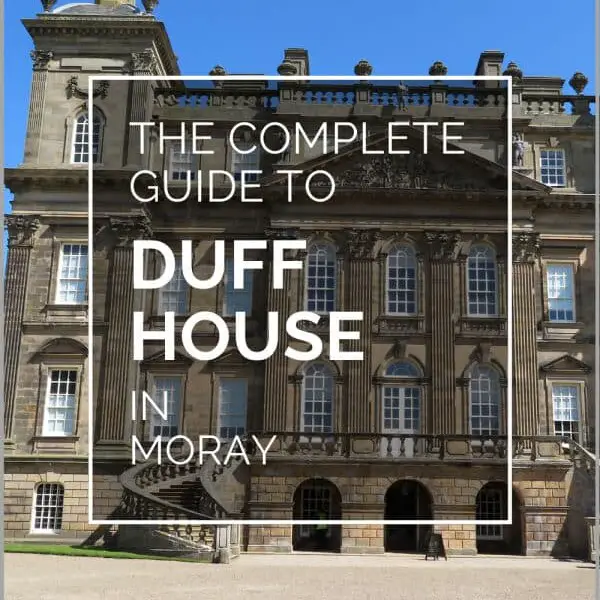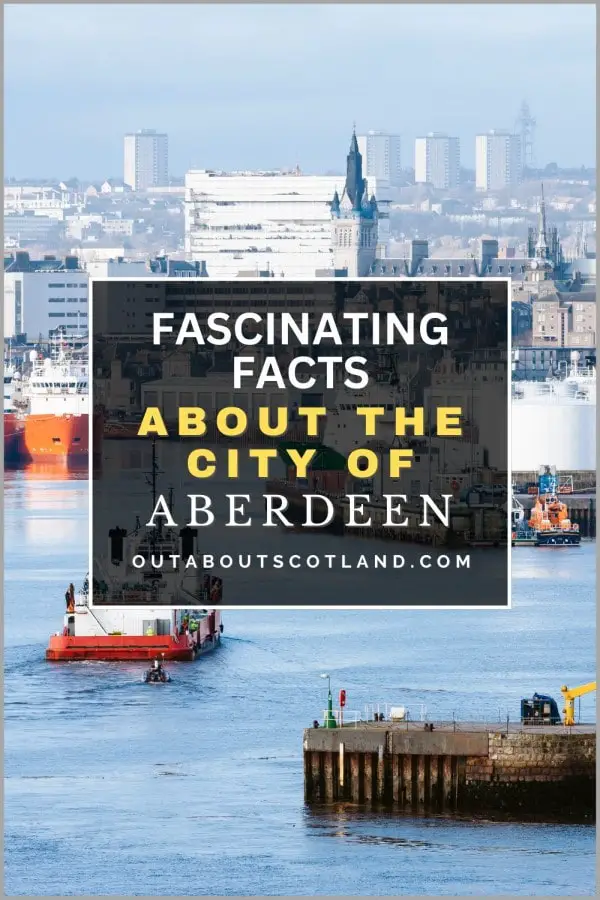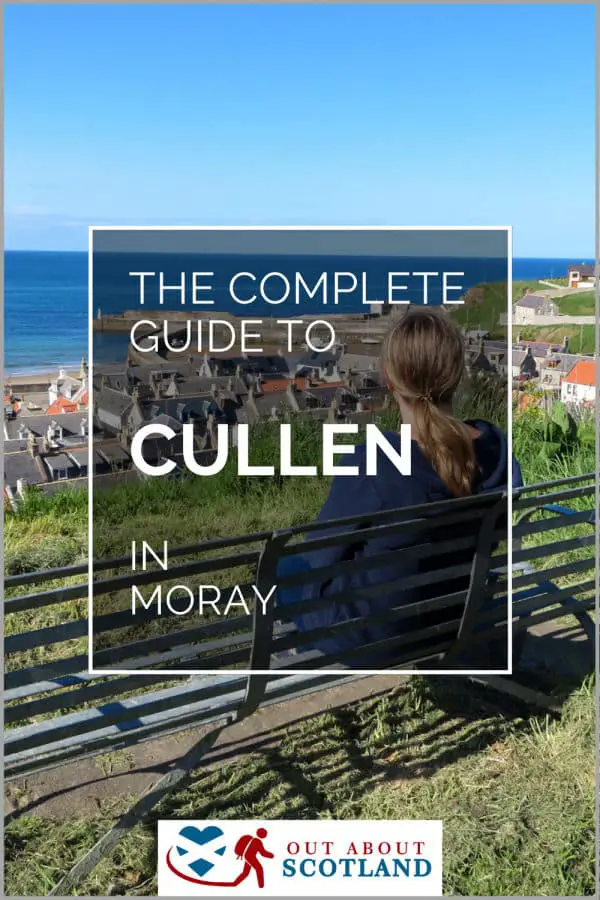Duff House, located in Banff in the Grampian region, is an exquisite example of Georgian architecture that was designed by William Adam in the 18th century. This grand baroque mansion, once home to the affluent Duff family, today serves as a part of the National Galleries of Scotland.
Nestled within a lush landscape, the estate also features charming woodland walks and stunning gardens. Duff House’s rich history, combined with its artistic treasures, make it a must-visit landmark for history and art enthusiasts.

| Address: | Banff, AB45 3SX |
| Opening Hours: | 1 Apr to 30 Sept: Thur to Sun, 9.30 am to 5 pm (last entry 4.15 pm) Closed for lunch from 1 pm to 2 pm 1 Oct to 31 Mar: Fri to Sun, 10.15 am to 4 pm (last entry 3.15 pm) Closed for lunch from 12.15 pm to 1 pm |
| Admission Price: | Adult (16-64yrs) £9.50 Concession (65yrs+ and unemployed) £7.50 Child (5-15yrs) £5.50 Family (1 adult, 2 children) £18.00 Family (2 adults, 2 children) £26.00 Family (2 adults, 3 children) £30.50 |
| Parking: | Free on-site car park |
| Contact: | 01261 818 181 |
| Facilities: | Toilets, disabled access, gift shop, guided tours, picnic area, water refill |
| Photos: | Virtual Tour YouTube Video |
Overview
The Banff and Buchan area is a firm favourite with visitors thanks to the number of historic buildings and castles that dot the landscape. Aberdeenshire has the nickname ‘Scotland’s Castle Country’, and you’ll find a surprising number of formidable fortresses and grand stately homes within the region, from the edge of the coastline to the depths of the Highlands.
One of the historic highlights of Aberdeenshire is Duff House, a grand Georgian mansion that was designed by renowned architect William Adam. The house is filled with impressive decorative art pieces and has a fantastic collection of paintings, including works by El Greco, Gainsborough, and Raeburn.
The house is set in a stunning landscape with well-manicured lawns, lush gardens, and scenic walking paths. You can stroll around the grounds, take in the picturesque views, and even spot some local wildlife.
Inside, you can explore the grand rooms and appreciate the fine art and furnishings, and there are also exhibitions and events held regularly, including art displays and concerts. The onsite tearoom, meanwhile, offers a wide selection of snacks and refreshments.
After exploring the house I recommend taking the time to visit the gardens because they’re the highlight of the entire estate in my opinion. The walk through the grounds crosses landscaped lawns and ornamental follies before branching off onto a path that runs for around two miles towards the Bridge Of Alvah.
Beyond this point, you’ll pass a couple of historic buildings including an ice house and the family mausoleum. Admittedly, it’s not exactly the longest walk in Scotland, but it’s a genuinely interesting one that I guarantee you’ll enjoy.
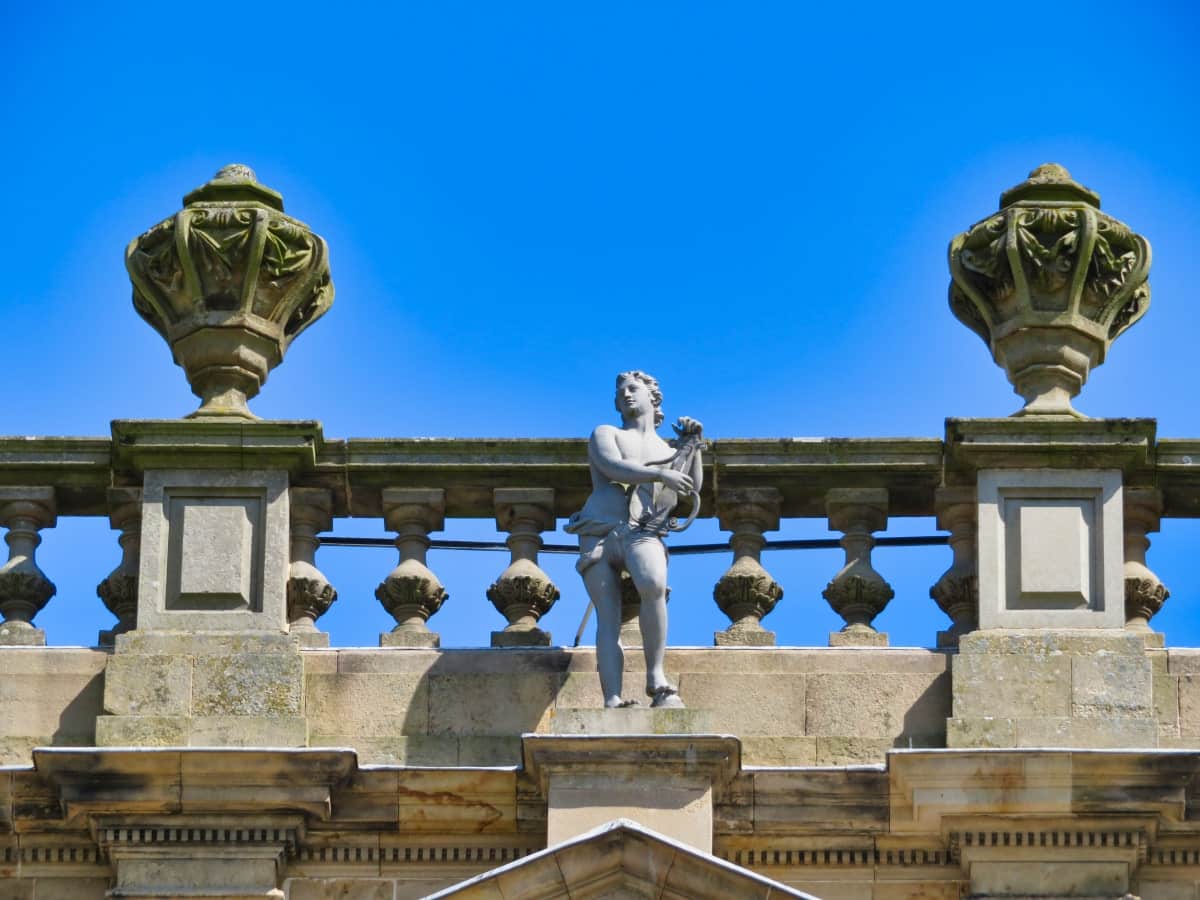
The Highlights
1: Duff House is part of the National Galleries of Scotland and houses a collection of fine paintings and furniture. It offers visitors a chance to admire works from renowned artists, making it a must-visit for art enthusiasts.
2: Built in the 18th century, Duff House has a rich history. It has served as a palm court hotel, a sanatorium, and even a prisoner of war camp. The house’s history can be explored through its various rooms and exhibitions.
3: The house is set in a stunningly beautiful parkland along the River Deveron. The grounds are perfect for a peaceful walk, picnic, or even bird watching. There’s also a tearoom where you can enjoy traditional Scottish food.
Visiting Tips
1: Try to find the mausoleum and the old ice house in the grounds. A mini treasure hunt looking for them is a good way to keep the kids entertained.
2: A visit to Duff House isn’t just about the building, but also the beautiful grounds it’s set in, so make sure you take a walk through the surrounding park and woodland.
3: If you’d like to visit the coast after seeing Duff House, I recommend heading a few miles west to the historic villages of Cullen and Portsoy.
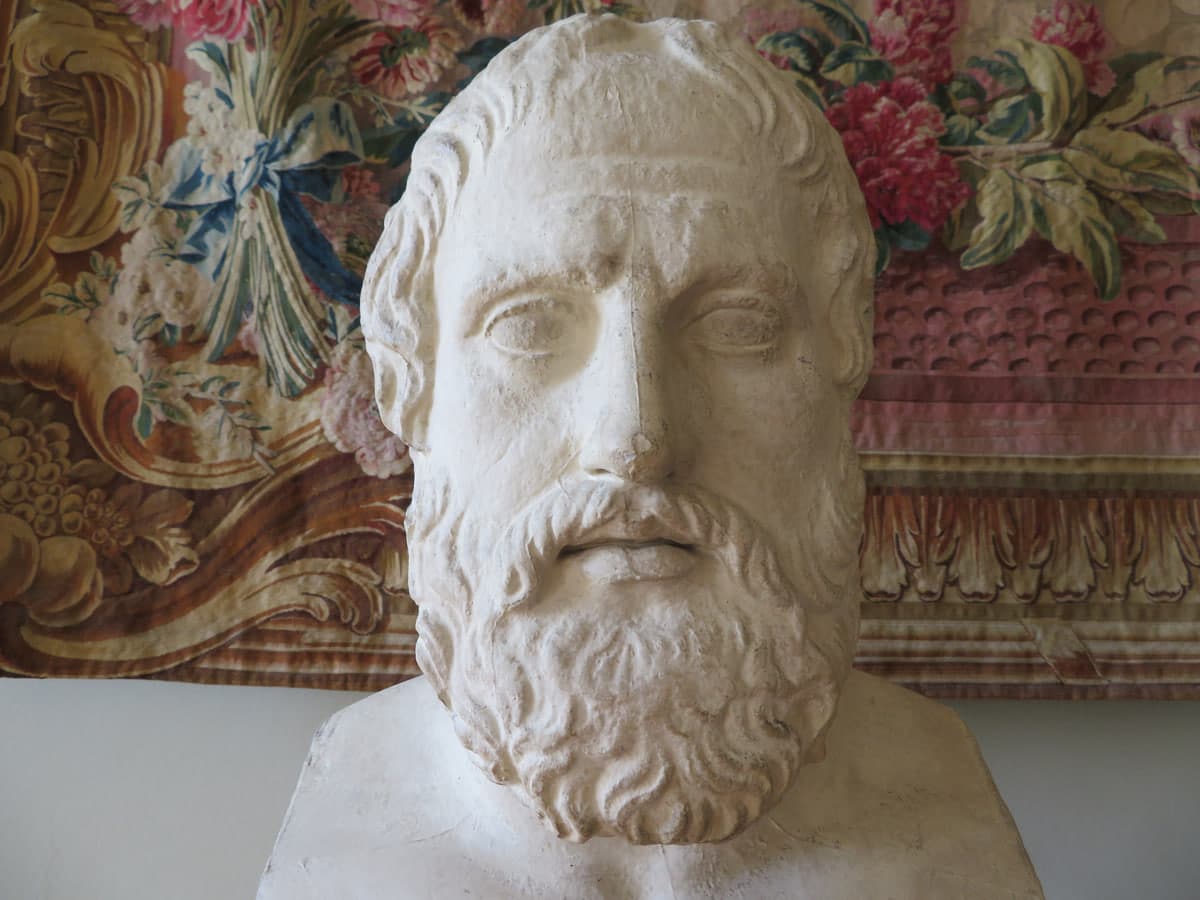
Tourist Information
Built as a giant status symbol by William Duff, the First Earl of Fife, Duff House never fails to impress visitors, who come not just to admire the architecture of the building but also to view the collection of national treasures on loan from the National Galleries of Scotland.
The entire estate is joint run by Aberdeenshire Council and Historic Environment Scotland and the artworks have been included as a way to open up Scotland’s national collection to audiences who might not be able to visit the main collections in the Edinburgh Galleries.
While the mansion-house is a peaceful place today, its beginnings were surrounded by in-fighting between William Duff (the owner) and William Adam (the architect), so the east and west wings of the original design were never completed. However, the house is stunning in its current form, and visitors will no doubt enjoy seeing the baroque architecture and exploring the 18th-century-decorated rooms with their meticulously restored furniture.
Although William Adam died before he could receive the debt owed to him for building Duff House, he would no doubt be proud to see modern-day tourists enjoying the salon and drawing rooms, the fine art, and the Dunimarle library with its collection of more than 4,000 rare books.
Externally, Duff House is surrounded by landscaped grounds, with paths leading past several ornamental follies alongside the River Deveron before finishing at the Gothic Duff family mausoleum hidden deep inside the woodland.
The leisurely stroll through the grounds will probably whet your appetite for the on-site café’s delectable selection of home-baked treats, and the well-stocked gift shop at the main entrance is a great place to pick up a memento or two before going home.
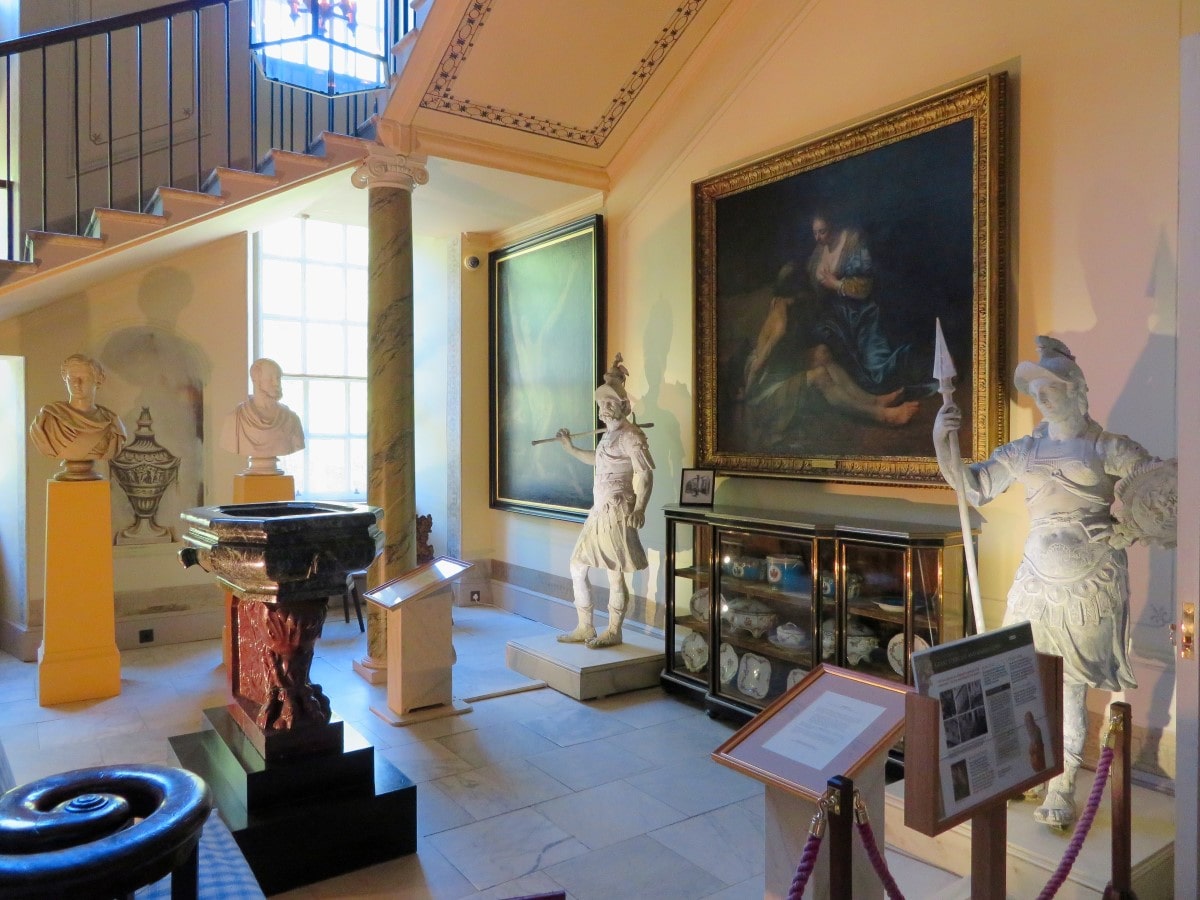
Things to Do
Historical Exploration: Immerse yourself in the history of Duff House on a self-guided tour of this grand Georgian mansion. The William Adam-designed home is brimming with exquisite artwork and priceless antiques, and each room has undergone painstaking restoration to reflect various Earls of Fife eras.
Art Appreciation: As part of the National Galleries of Scotland, Duff House boasts a collection of significant art pieces. Marvel at works by renowned artists such as El Greco and Gainsborough in rotating exhibitions that provide ever-changing experiences for art enthusiasts.
Nature Walks: Explore the beautifully landscaped grounds surrounding Duff House. The manicured lawns, colourful flower beds, and shady woodland trails offer a tranquil setting for leisurely walks. Keep an eye open for the Duff Ice House and the Duff Mausoleum in the grounds.
Afternoon Tea: After a day of exploration, unwind with a traditional Scottish afternoon tea in the Duff House tearoom. Savour freshly baked scones, delectable sandwiches, and a variety of teas and coffees before finishing your day with a visit to nearby Portsoy.
Local Culture Events: Duff House often hosts cultural events such as music concerts, art workshops, and historical reenactments. Check out the Historic Environment Scotland website to see what’s coming up next.
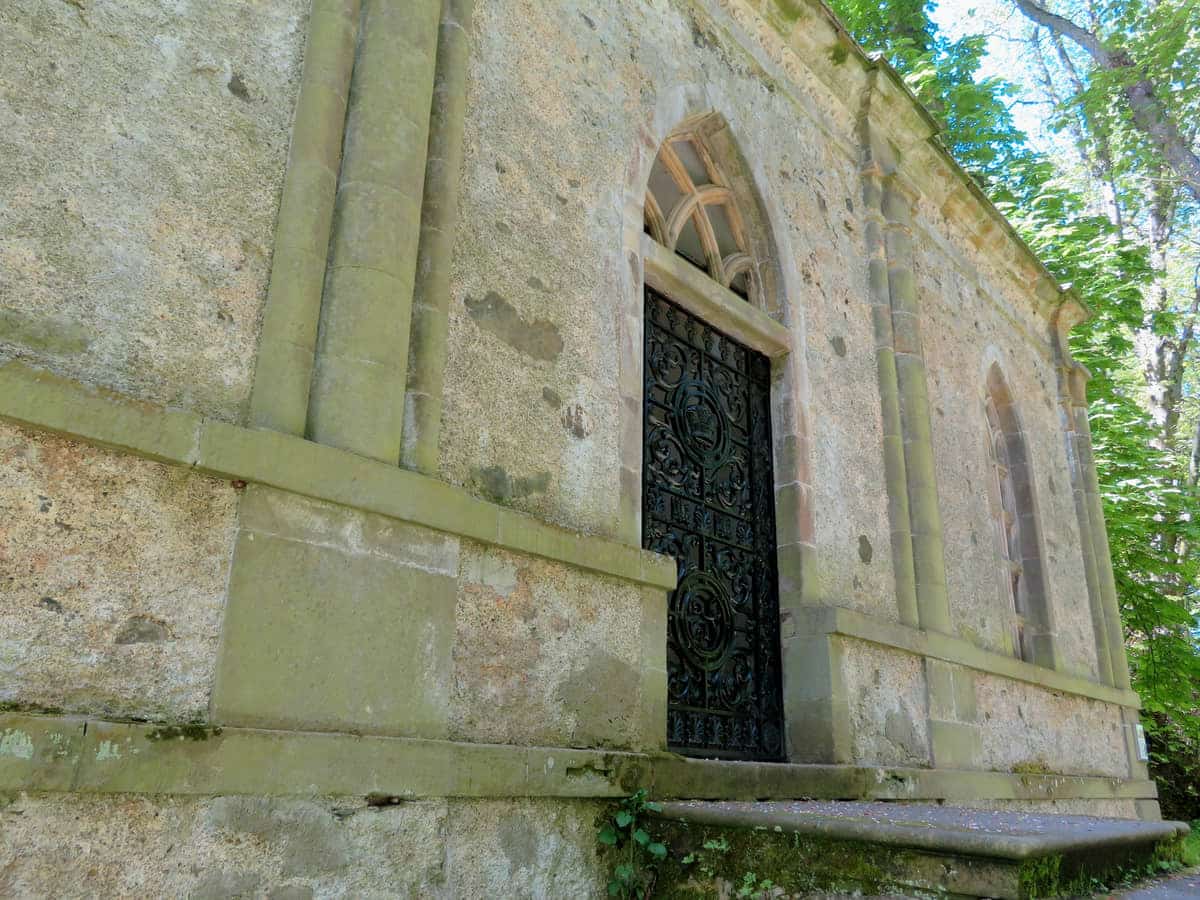
Things to Do Nearby
Banff Heritage Trail. Banff AB45 1AY. 9-minute walk.
The historic town of Banff borders Banff Bay and the River Deveron. There are many historic buildings in the town centre which can be discovered by following the heritage trail that aims to show visitors the story of this quaint coastal town.
Cullen. 20-minute drive. A coastal village and former royal burgh
A golf course with a view of the North Sea backs up Cullen’s exceptionally clean, golden-sand beach. The village is famous for being the birthplace of one of Scotland’s favourite dishes, cullen skink.
Portsoy Harbour. Shore St, Portsoy, Banff AB45 2RX. 13-minute drive.
A small but historically significant harbour that was originally built to service the export of marble which Portsoy became famous for. Today the harbour is a popular recreation spot and the location of a major annual sailboat festival.
Macduff Marine Aquarium. 11 High Shore, Macduff AB44 1SL. 5-minute drive.
An aquarium that features a collection of different marine habitats including deep sea, shallow water and coastal. There is also a kelp reef exhibit which is the only one of its kind in Britain.
Museum of Banff. High St, Banff AB45 1AE. 8-minute walk.
Founded in 1828, Banff Museum is one of the oldest museums in Scotland. There is a large collection of silverware on display as well as exhibits that inform visitors about the history of the town.
Frequently Asked Questions
Who designed Duff House?
William Adam (1689–1748) was the architect who created Duff House.
Who lived in Duff House?
Duff House was built between 1735 and 1740 for William Duff of Braco, 1st Earl of Fife.
When the Duff family moved out in 1903 they gifted the house to Banff Burgh, and it is now in the care of Historic Environment Scotland and National Galleries of Scotland.
Is Duff House dog-friendly?
Assistance dogs are allowed at Duff House. Other dogs are not permitted.
How old is Duff House?
Duff House is 283 years old (as of 2023).

